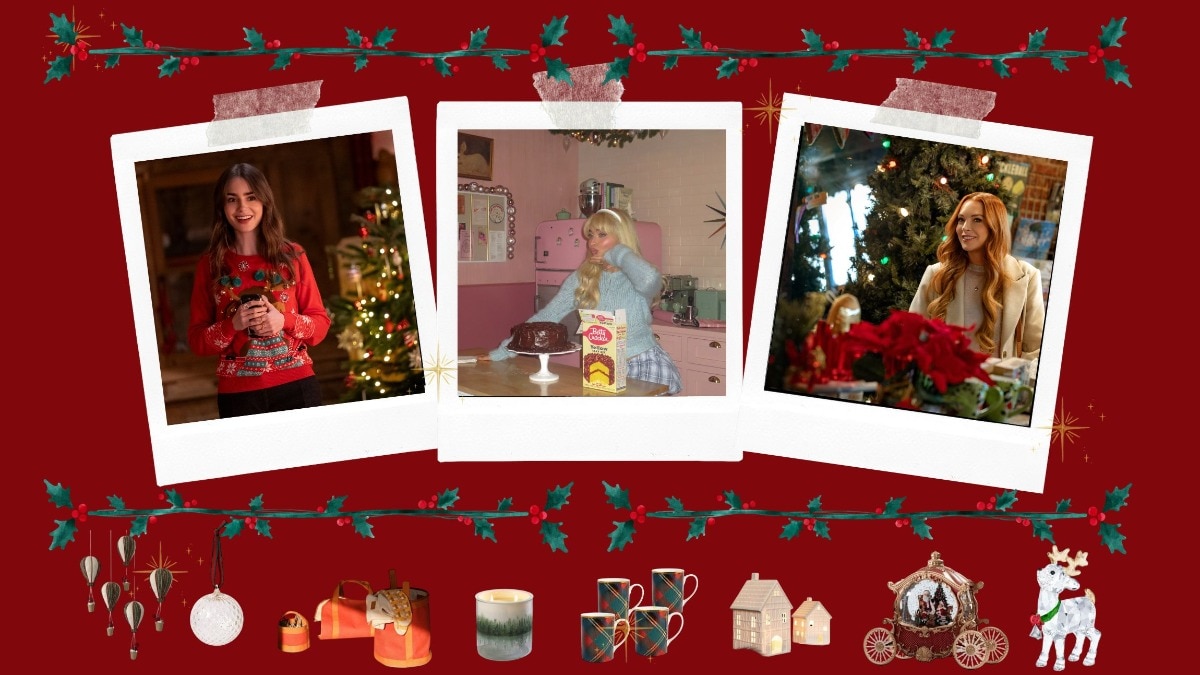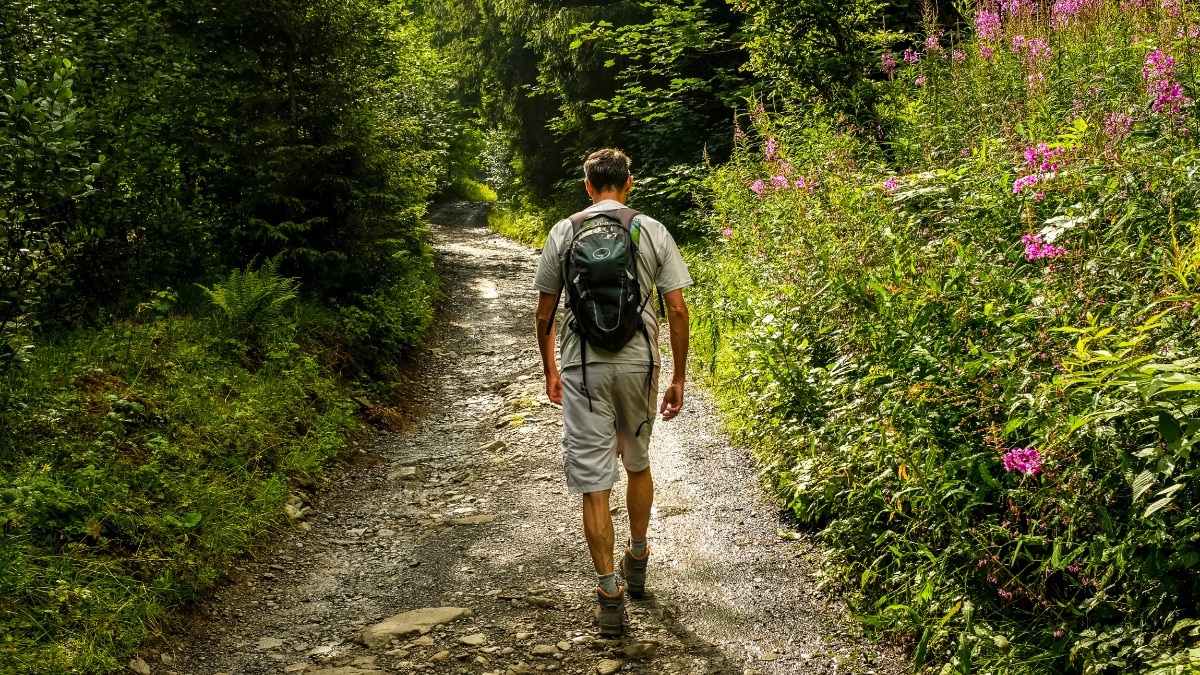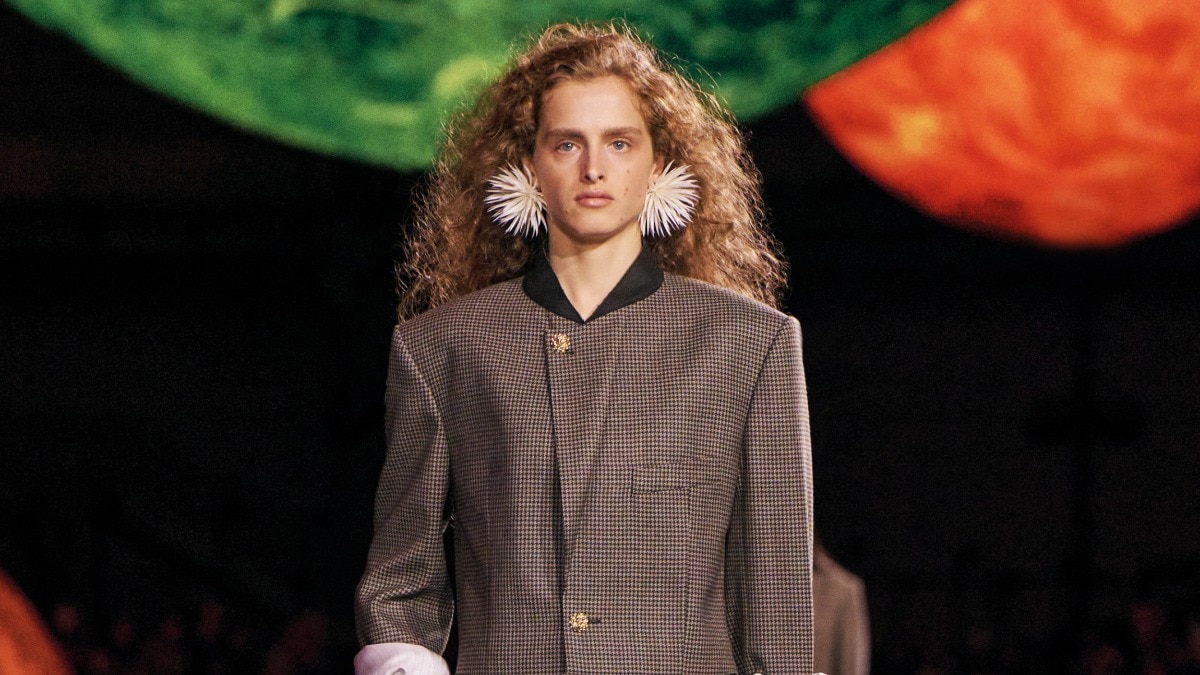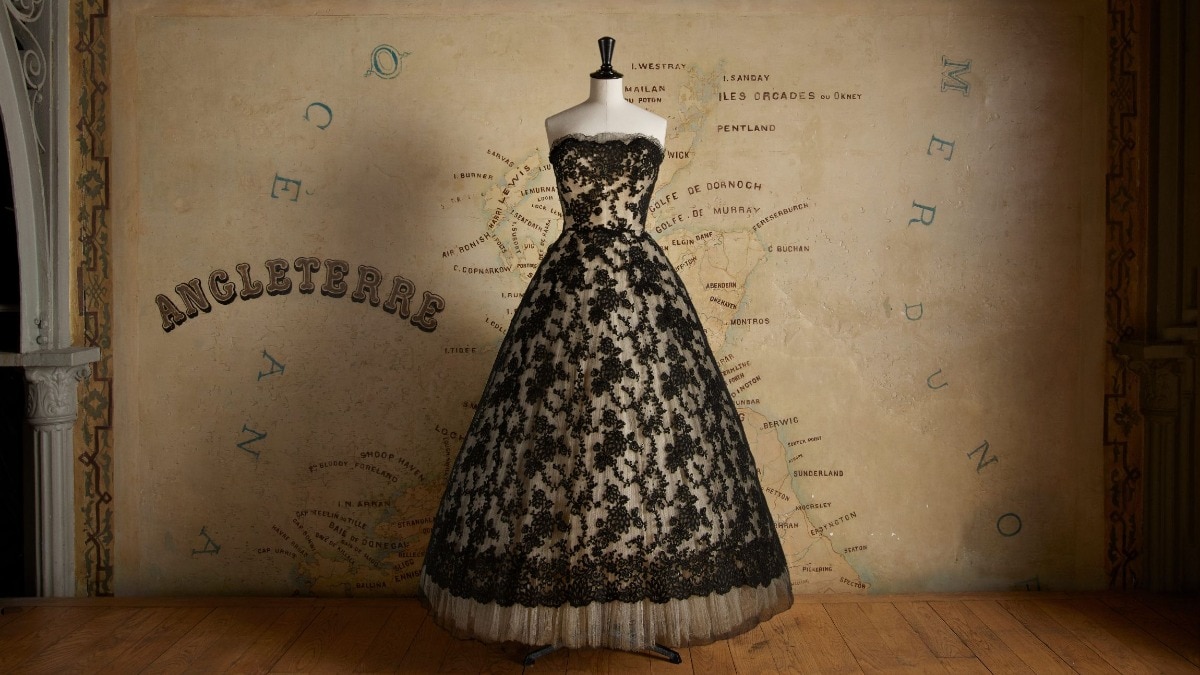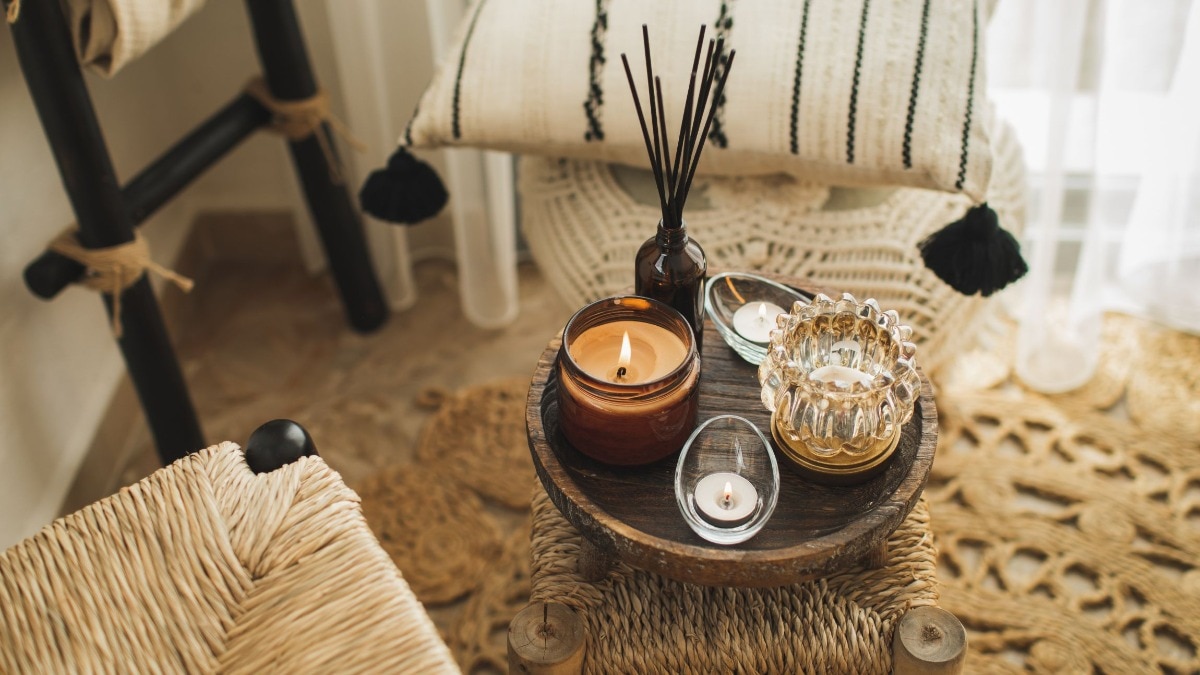
Tradition meets modernity in the most charming and unforgettable way in the kingdom of Bhutan
Go on a voyage into its gracious past, and a vibrant, colourful present


Ah, the magic of Bhutan! From the moment my Druk Air flight, which had been hovering dizzyingly close to the tree-clad 18,000ft peaks around Paro, takes an abrupt right turn, and miraculously lands on a relatively short runway of the country’s only international airport, there’s a sense of excitement and well-being. As I exit the aircraft, literally a two-minute walk from tarmac to airport, I breathe in the delicious serenity of this rugged, majestic landscape, on a cool 18°C, overcast day. This landlocked Buddhist kingdom with a population of just under eight lakh, nestled cosily south of the eastern Himalayas, where spectacular mountains, valleys, dzongs (fortresses), and Buddhist temples abound, is a country like no other, where it seems time has slowed, if not stood still, a perfect blend of modern graciousness and a vibrant, living centuries-old culture.

At its heart, Bhutan is a traditional society, with a monarchy at its helm, which is interwoven as richly and deeply as its colourful textiles. In fact, the monarchy gives this kingdom a sense of unity, as photos of a youthful His Majesty King Jigme Khesar Namgyel Wangchuck and his beloved Queen Jetsun Pema form a link between tradition, and modern progress and happiness. (In fact it was His Majesty’s father, King Jigme Singye Wangchuck who coined the phrase ‘Gross National Happiness Index’ in the 1970s as an alternative to GDP to measure development.)
Citizens are encouraged to wear their national dress (the knee-length gho for men, and colourful kiras worn with toego-jackets), obligatory for official and scholastic duties, although in their leisure time, they can don Western attire. Seeing people walking around in their traditional dress, unfettered by the cacophony of the frenzied, social media world, offers instant relief—as the eyes take in the gently rolling hills and traditional white and ochre Bhutanese buildings of Paro town (it used to be the capital until Thimpu took over in the ’60s) with their wooden windows and sloped roofs.

The mist hangs low over the valley, as our mini-van hugs unending curves, to finally park on the shoulder of the road, and we take a five-minute walk in a forest of Himalayan blue pine trees, on a bed of carpet-soft pine needles. Upon reaching a clearing, staff of the five lodge Amankora (₹2.12 lakh a night), await us with warm towels. After taking in its minimalistic, wooden interiors and views of the Jomolhari (Bhutan’s second highest peak), dinner is traditional Bhutanese—a kakuru jaju (pumpkin soup), shamu datshi (mushrooms with green chilli with farmer’s cheese), kewa tshem (diced potato curry with onion, and tomatoes), vegetable and cheese momos, and yul chum marrp (red rice), prepared by Chef Dorji, regaled near a fire pit.

Paro’s most famous and iconic attraction is the Taktsang Monastery (Tiger’s Nest), perched impossibly on a cliffside, 10,200ft above sea level, and the place where the Indian saint Guru Padmasambhava (known to the Bhutanese as Guru Rinpoche), flew on a tiger, landing on this cliff, and meditating in one of their caves, marking the entry of Buddhism in Bhutan in the eighth century. In 1692, the famous zig-zag monastery—you can take a photo there after an arduous four-hour hike—was built. (If you’re reasonably fit, you can make it up; climbing down can be taxing on the knees.)
If you’re not inclined to spend a morning strolling along steep terrain, you may want to take in a leisurely walk on ‘Main Street’ as I affectionately called the lane flanked by traditional Bhutanese buildings housing grocery stores, eateries, and shops bursting with trinkets. With sugarcane, pineapple, mangoes, chillies, even a paan shop inside buildings with arches painted in rust, gold and black, covered in flower motifs, find local chocolate, cordyceps roots (a medicinal herb) and teas, ginger beets tea, local whisky, peach wine, Buddha statuettes, prayer wheels, thangka paintings, antique masks (and even ceramic phalluses—a traditional ‘evil eye’ protective symbol!), knee-length men’s leather applique tshoglam boots—I picked up a kira and pink jacket at Raven Handicraft, which had shelves upon shelves with reams of colourful brocades.

No visit to Paro is complete without a tour of the multi-level Paro Museum—built in 1968—that sits in the vicinity of the Rinpung or Paro Dzong, an imposing buttressed white fortress that serves as a monastery, with government offices. The cylindrical Museum is the depository for all information pertaining to this Himalayan kingdom—no cameras or recorders are allowed, and smartphones need to be deposited at their office. We learn that Bhutan gets its name from an old Sanskrit appellation, and that the present monarchy was founded at the beginning of the 20th century by the first King, Gongsar Ugyen Wangchuck. Unsurprisingly, the ground floor of the circular building houses ancient guns, canons, spears, and large copper urns—a starter kit for a full-fledged Himalayan-level battle with neighbouring foes.

A traditional home-cooked meal of butter tea, red rice, green chillies with farmer’s cheese, buckwheat momos with turnips, pumpkin soup and cabbage, finished with a local Bhutanese spirit, ara, infused with cordyceps
The next floor holds European weapons gifted by foreign ambassadors, cane baskets, stamps with birds, animals and royal coronations, and coins. Another floor is all about the land—from Stone Age until founding monarchy, up to the present. Along with the colourful mandalas depicting various deities (both peaceful and wrathful!), there’s a chamber depicting Lord Kubera (the god of wealth also found in Hinduism) riding a snow lion, and on the top-most chamber, after unending flights of stair, the grand, three-dimensional tree mandala that shows the four schools of Vajrayana Buddhism in this region—the old Nyingma sect, the Black Hat Kagyu sect, the Shakya sect, and the Gelugpa or Yellow Hat sect.

A tad culturally overwhelmed, we make our way past scenic lookouts framed by wild pink and red roses, and the ubiquitous fir trees, down a cobble-stone path leading to the boxy Paro Dzong, with its gently upward-sloping roofs. On the list for UNESCO’s heritage sites (apparently scenes from Hollywood film Little Buddha were shot here), entry to the dzong, built in 1644, is via steep stone stairs lined with multicoloured flags. Smiling young monks scramble down them, carrying carpets, and orange cloth-wrapped parcels. Through a large wooden carved and painted gate, a hall replete with Tibetan-style religious paintings greets you, as you stumble onto a courtyard filled with ochre-robed monks lining up for a meal (today happens to be a religious festival). Let’s not forget, this fortress with its airy courtyards, wood-accented walls, and 14 shrines, and government offices like the Royal Court of Justice, used to once defend the kingdom of Bhutan from marauders. In fact, its cantilever bridge must have
come in use at the time, shutting off invaders from the fort.

A downhill stroll over a gurgling clear stream brings you to the Instagrammable wooden Nyamai Zampa bridge—stand right in the middle, and focus on a visual game of perspectives—which offers delightful side views of the Paro Dzong, as it overlooks the valley.
Considerably hungry from all the sightseeing, we’re treated to a typical Bhutanese farmhouse lunch, at a local home near the Kyichu Lhakhang monastery—the oldest in the country. Past cypress trees, gardens of roses, plumerias, and Sichuan pepper, we pass (and turn) an undulating line-up of prayer wheels, over a fence, past two well-mannered guard dogs, and onto the second floor of a wooden home, which is also used as the family’s bedroom. I relish a meal of butter tea, red rice, green chillies with farmer’s cheese, buckwheat momos with turnips, pumpkin soup and cabbage, topped off with their local spirit, ara, infused with cordyceps.
At night, back at Amankora, I dine under the stars, in a forest clearing a short walk from the fire pit, among fragrant pines, in a tent lit up by string lights, with a Bhutanese musician strumming the dramnyen (banjo-like musical instrument) and singing into the dark night. Woolen shawls and hot water bottles protect me as I savour another traditional Bhutanese feast.

The next day, I am off to the capital city of Thimpu, on a winding road that takes an hour and a half to reach. We stop at the Gagyel Lhundrup Weaving Centre, where women sit by looms and weave by hand stunning patterns with silk thread to create seshu kira (silk kira), sometimes taking a year to make a full kira.
Kiras are highly prized in Bhutanese society, with each family having heirloom kiras that can date over a century, and are gifted at the time of marriage. The more intricate the weave, the more expensive, with some priced at over ₹1 lakh (the Bhutanese Ngultrum more or less equals the Indian rupee, and rupees are widely accepted).

Once in Thimpu, I explore the Crafts Bazaar, with its woven purses, laptop bags, thangka art, shawls, lampshades, coin purses, prayer flags, fridge magnets, bracelets, and so much more.

You can explore an incense stick factory as I did—with 25 Himalayan herbs mixed and crushed to an ochre pulp, and rolled out, noodle-like, into sticks (There’s a variety of brands at the Nado Poi shop, from ₹95 to ₹1,000). Or head to the Post Office’s Museum Shop, where I personalised a Bhutanese stamp with an image of me in a kira! If modern Bhutanese fashion is what you’re after, head to the CDK, one of the best clothing stores in Thimpu, run by award-winning Chandrika Tamang—check out their tunics and bags. Back at Amankora’s Thimpu lodge, I’m treated to a Bhutanese dance performance—the Sakten dance of the nomadic people, and the vigorous twirling of the Pa Cham, the dance of heroes, is particularly riveting.

A short drive from Thimpu, up a rolling hill, sits the majestic golden statue of the Buddha Dordenma, which was built at a cost of $100 million, from 2008 to 2015, to commemorate the 60th anniversary of King Jigme Singye Wangchuck. It’s 177ft high, and looks onto the Kuensel Phodrang Nature Park. As you approach it—strong gusts of wind almost knocked me off balance!—you see the statue clad in a myriad, tiny gold tiles, surrounded by beautiful angels.

The meditation room inside holds an astounding 1,25,000 tiny Buddhas, and on this day, featured the neat bedding of monks in residence. There is much excitement in the air—as the Chief Abbot of Bhutan is due for a ceremony there shortly. We take in Thimpu’s famed nightlife at the 90s model-turned-entrepreneur Kelly Dorji’s gastro-pub The Grey Area, where we are treated to champagne on the house, courtesy Kelly, and pop and rock covers by singer Dechen Uden Lama, with a few Bollywood favourites thrown in, much to our delight. The night ends at a local dive, Mojo Park, where you can take in Bhutanese rock in a festive ambience, sipping ‘Bhutanese’ beer. And just this once, you can be lost in your own imaginary kingdom.


